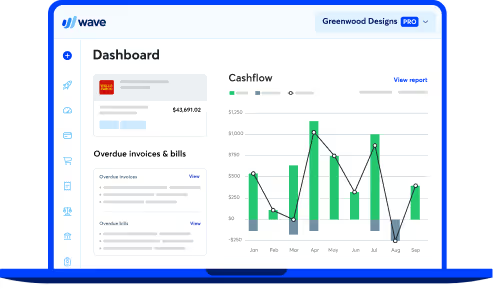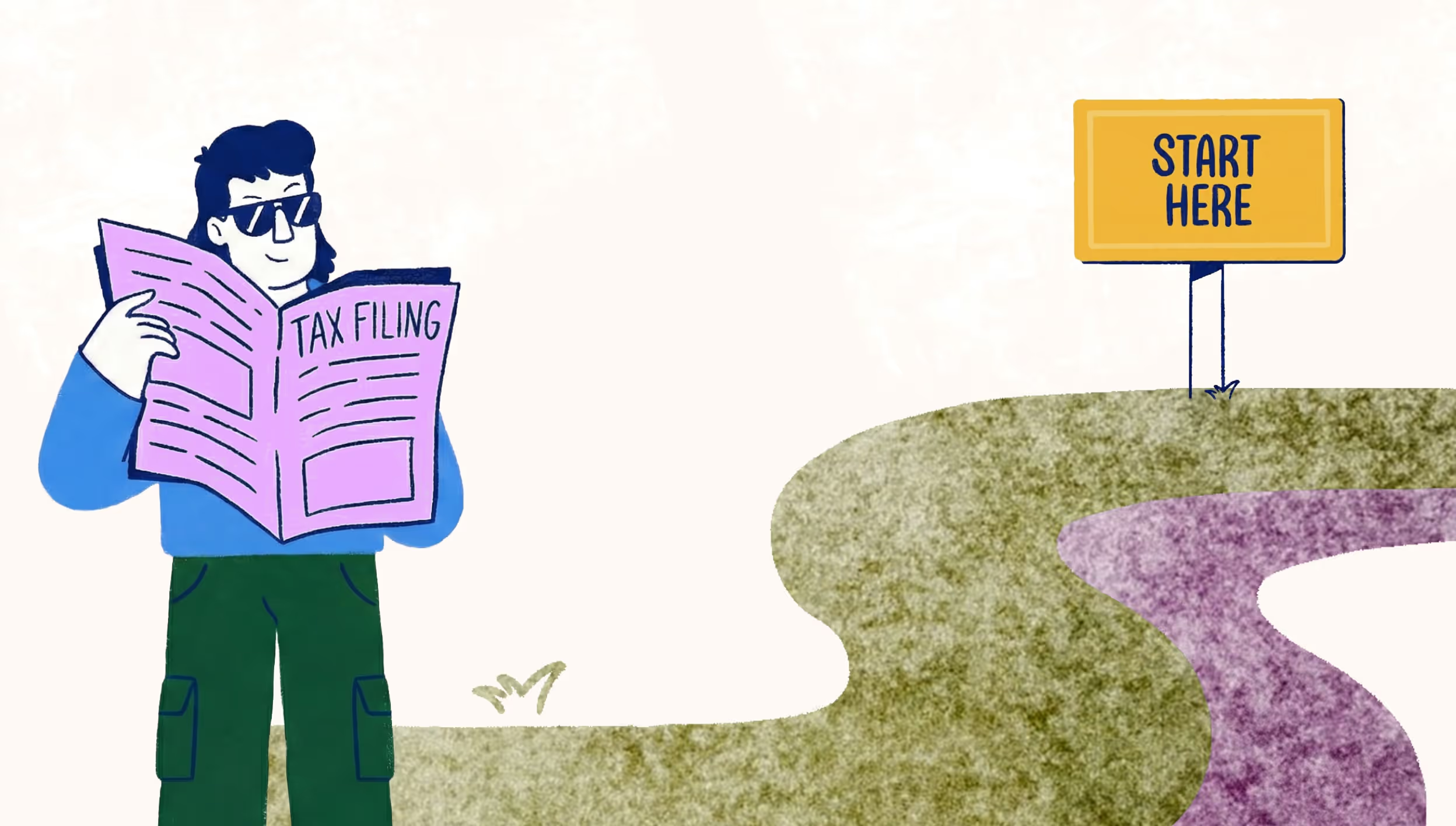
Five simple ways to protect your digital marketing assets
Your digital marketing assets are critical to the brand you’ve built, from images shared on social media to testimonial videos that live on your website. With our digital world becoming more and more vulnerable to hackers and attacks, it’s important that all businesses protect these assets to the best of their abilities—and no, you don’t need a large IT team (or any IT team!) to make that happen.
Use the following tips and ideas to keep your digital marketing assets safe and secure.
Protect important digital assets as intellectual property
Your digital marketing assets are considered intellectual property, suggests Berry Moorman Attorneys and Counselors. They explain: “Intellectual property found in digital marketing assets includes creative works subject to copyright protection, as well as words, phrases and designs functioning as trademarks.” What do those assets include?
- Your website, including the domain name and all the content
- Your social media accounts and what you post
- Any and all online advertisements and digital marketing campaigns
To protect these assets, you need to consider copyrights and trademarks. Copyright protects creative expression, giving the creator exclusive rights to distribute and copy their creative work. As a business, this would include your “web design, written word, photographs, sound recordings and videos,” according to Berry Moorman. Trademarks protect phrases, symbols and other marketing assets that identify your business.
If you ever need to fight against your copyright or trademark rights in federal court, you must have filed properly ahead of time. Consider what needs protection and how you can use these two options to keep your digital assets safe.
Implement 2FA wherever possible
2-Factor Authentication (2FA) is a simple way to add an extra layer of protection for your digital marketing assets. When logging into an account, the user is required to type a password and then answer a question or input a code to get through the second layer of security.
You’ve likely already used this with personal accounts. Many banks, for example will use this technology to keep your online account extra safe. If you’ve ever logged into an account and had to enter a code that was sent to your phone via text, you’ve used 2FA.
The best part is, you don’t need any additional software because most platforms come with this security feature built right in. All you have to do is check a box in the settings. Implement this layer of security across your entire company with any platform you use, from the company’s email account to your online storage platform. You can even use 2FA with Google Drive, if that’s where you keep your digital assets.
Manage rights and access
Employee negligence is your weakest link when it comes to digital asset protection, according to a CNBC report. This is especially true with marketing assets, which are likely made available to a wide range of employees, from managers to entry-level associates. That’s why it’s important to manage rights to various assets to ensure only the necessary people have access.
If you use a tool like Google Drive, you can set access permissions that will dictate who can see, copy or download various assets. You can use similar settings with Dropbox and other cloud storage options.
Get started by simply making a list of who needs access to what. Create a process for requesting access to your most important assets to ensure continued security, even after you’ve set permissions.
Follow wifi security best practices
Ultimately, your brand assets are only as secure as your business is. That’s why it’s important to follow Wifi security best practices at all times. Luckily, you don’t need an expensive system to do it. Here are a few simple best practices from CoxBlue:
- Keep your router in a secure location with restricted access, like a locked cabinet or closet. Using video surveillance is a smart security measure as well.
- Change your Wifi name and password—it seems obvious, but many businesses don’t do it.
- Regularly update the firmware on your router, network security software and employee devices. In many cases, these updates are patching security holes, making them important to pay attention to.
- Enable the firewall on your router, in addition to installing another networking firewall for all company devices.
You should also regularly do access point scanning, eliminate rogue APs (Access Points) and limit or disable DCHP (Dynamic Host Configuration Protocol). If you’re not sure how to do this, you can likely hire an IT professional to help on a contract basis for projects like this.
Get the right insurance
You can protect digital marketing assets to your best abilities, but that doesn’t mean you’re not still vulnerable to attack. In fact, 58 percent of malware attack victims are small businesses. If your business is attacked, and your digital marketing assets are vulnerable, you need coverage. That’s where Cyber/Network Liability comes into play.
“Cyber/Network Liability is insurance that protects the 83 million online companies exposed to security breaches. If a network goes down or private information is leaked and money is stolen from private accounts, Cyber/Network liability insurance will protect your assets,” explains Tech Startup Insurance FAQ.
Whether you’re a tech startup or a small business, this insurance is a necessary protection method for your digital marketing assets. In many cases, it can be added to your current insurance; you just have to request for it to be added on.
Protect your digital marketing assets
Keep your business and branded marketing assets secure with these simple security tips. Protect yourself with the right insurance and trademarks or copyrights, and don’t forget to follow Wifi security best practices and set up a management system to ensure access permissions are given only to the people who need them. With your digital assets secure, you can focus on building a successful business.
(and create unique links with checkouts)
*While subscribed to Wave’s Pro Plan, get 2.9% + $0 (Visa, Mastercard, Discover) and 3.4% + $0 (Amex) per transaction for the first 10 transactions of each month of your subscription, then 2.9% + $0.60 (Visa, Mastercard, Discover) and 3.4% + $0.60 (Amex) per transaction. Discover processing is only available to US customers. See full terms and conditions for the US and Canada. See Wave’s Terms of Service for more information.
The information and tips shared on this blog are meant to be used as learning and personal development tools as you launch, run and grow your business. While a good place to start, these articles should not take the place of personalized advice from professionals. As our lawyers would say: “All content on Wave’s blog is intended for informational purposes only. It should not be considered legal or financial advice.” Additionally, Wave is the legal copyright holder of all materials on the blog, and others cannot re-use or publish it without our written consent.


























